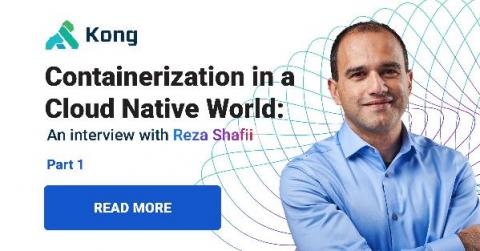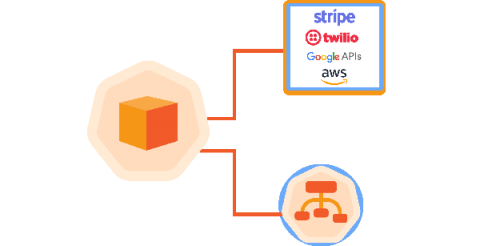Software Testing Errors to look out for (with examples)
The software will never be bug-free. But, it’s important to minimize the number of bugs such that the impact on functionality and user experience of an application is minimized. Bugs could come up due to different reasons, in this article, we will discuss them from the perspective of software errors. These are the errors that also need attention during the testing phase.










